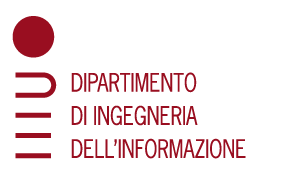Submitted by admin on
SHORT BIO
David Taubman received the Ph.D. degree from the University of California, Berkeley, in 1994. He joined the University of New South Wales, Sydney, in 1998, where he is currently a Professor. His current research interests include highly scalable image and video compression, inverse problems in imaging, perceptual modeling, joint source/channel coding, and multimedia distribution systems. Dr. Taubman received the University Medal from the University of Sydney, the Institute of Engineers Australia Prize, and the Texas Instruments Prize for Digital Signal Processing, all in 1998. He received two Best Paper Awards from the IEEE Circuits and Systems Society.
ABSTRACT
Compression of image, video and multi-view content is essential for cost effective storage and delivery of this content to consumers. Traditionally, compression focused on minimizing the compressed size for a given quality or maximizing quality for a given compressed size. From this perspective, motion is used in video compression only as a tool to compress the frames more effectively. Similarly, information related to 3D geometry might be estimated and encoded solely with the aim of efficient joint compression of a collection of scene views. In this talk, we take the perspective that such information is best viewed as metadata (information that describes what can be found within the multimedia content). Some applications can benefit from a flexible framework for delivery of compressed content, in which the importance of this metadata depends upon an interactive user's interests. In some cases, the metadata may be more important than the video itself (e.g., tracking metadata in surveillance applications), so should be transmitted with higher priority than the video frames. In other cases, some of the metadata might be best synthesized at the receiver from video frame samples. We describe a flexible approach to the compression and delivery of multimedia content that allows such trade-offs to be made dynamically. We also describe various some novel ways to compress, record and communicate metadata that relates to motion and geometry.






